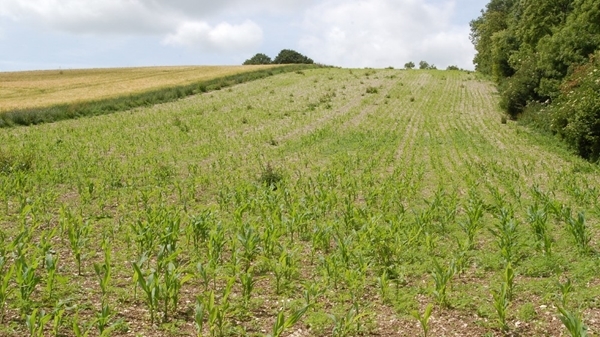
By Alexander Keeble, Game and Wildlife Advisor
With a surplus of game on the ground with the loss of two months of game shooting due to the COVID pandemic, there have been occasional reports that the excess of game birds left are now beginning to influence recently drilled spring crops.
Many shoots have now topped the game strips meaning that the food source has begun to deplete due to corvids and pigeons. GWCT advice would be to leave crops standing for as long as possible or to cut them in a rotation providing food for a longer period for the gamebirds to utilise.
The Code of Good Shooting Practice is a useful document to adhere to, the paper demonstrates that continual supplementary feeding should be carried out until the birds favour wild food instead of wheat, this usually coincides with the month of May.
Withdrawal of hoppers will add to the pressure of crop damage so keeping a source of feed available for the gamebirds will aid in stopping arable fields becoming damaged and should also keep the gamebirds in a good condition for breeding.
A pragmatic approach to keeping gamebirds off drillings will need to be utilised with a combination of supplementary feeding along with bird deterrents placed on sensitive parts of the crop similarly to protecting fields from pigeons.
Shoots with full time gamekeepers present should aim to scare gamebirds from fields with the use of dogs and continual presence if possible until the newly drilled seeds become established. Scarecrows, gas bangers, kites and other deterrents should be moved regularly to maintain the effectiveness of the product.
Planting game crops as an additional feed source for the birds will pose its own issues as many crops take many months to get to a position to provide additional feed for the gamebirds to relieve pressure off arable crops.
Alternating game cover plots into sections which provide two years of cover and feed will be beneficial and should be utilised for future game shoot management. Perennial crops such as kale, chicory and sweet clover will provide two years of cover and feed. Combined with annuals of millet, quinoa and fodder radish gives an additional feed source in its first year of sowing.
This in turn will not only provide a species rich habitat for gamebirds to forage in but also have a cost saving as the crop will not need to be re-drilled every year. These crops will also give sanctuary to game after shooting seasons, focusing their attention on the game crops instead of arable.